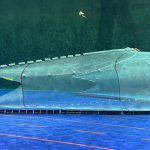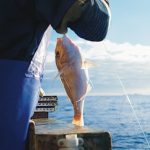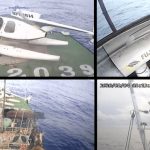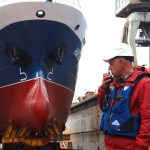According to the NOAA chief Jane Lubchenco the new ocean uses, from wind turbines to fish farms, are increasingly sparking conflicts with more traditional activities such as shipping and recreational boating and show the need for better planning. She also told that the nation should take cues from Massachusetts, the first state to create a comprehensive planning map for its ocean waters.
Lubchenco said that more and more conflicts between the emerging uses and the old uses are emerging. There is a plan to build an offshore LNG berth in Mount Hope Bay near Massachusetts and Rhode Island has been criticized by residents and elected officials. The LNG company has defended the plan as safe, saying it proposed the offshore berth to ease fears of tankers approaching more densely populated areas.
Lubchenco informed that the nation needs to adopt “a more holistic, thoughtful approach” when it comes to ocean planning, not just to minimize conflicts but to acknowledge there are legitimate new uses for ocean waters. She added that better planning, with the help of extensive public hearing and comment, could help minimize conflicts in the future, particularly as developers seek to place wind farms or tidal energy projects in deeper waters farther from shore.
A draft version of the map unveiled earlier this month would limit large-scale offshore wind farms to two small areas close to Martha’s Vineyard and allow smaller community-based wind projects in other portions of state waters. Lubchenco said the Massachusetts map should be an inspiration for other states and for the nation, although she conceded drafting a similar map out to the 200-mile limit for all national coastal waters would be an enormous task.








